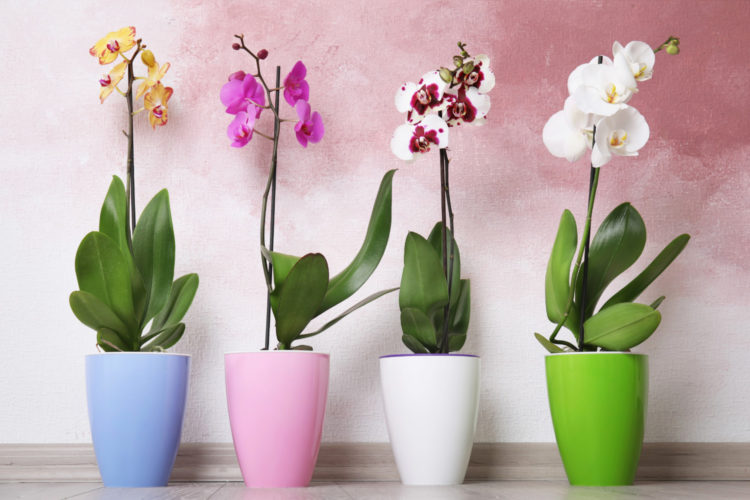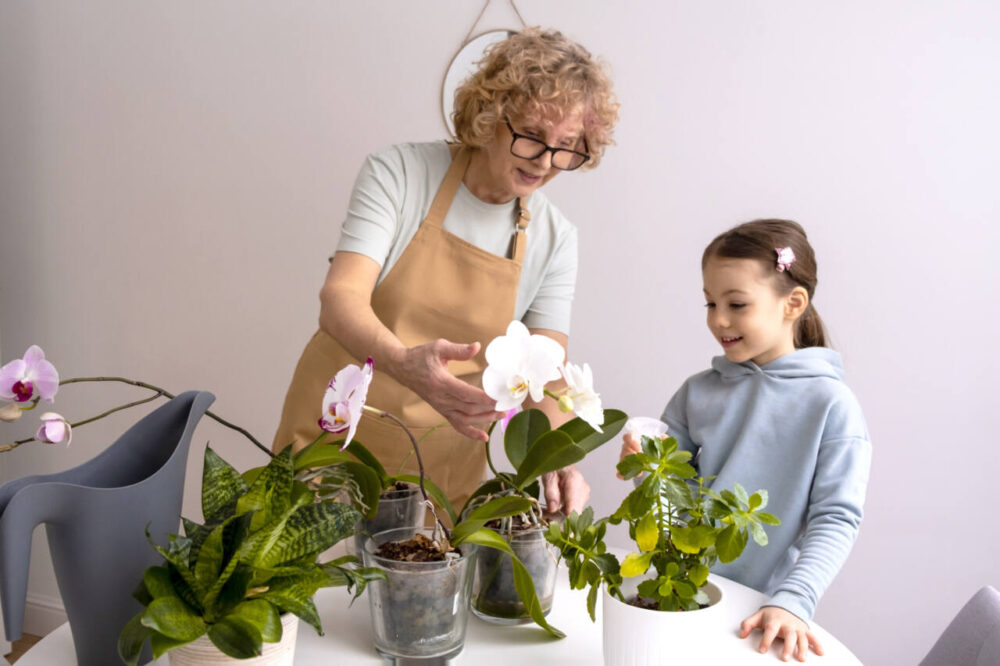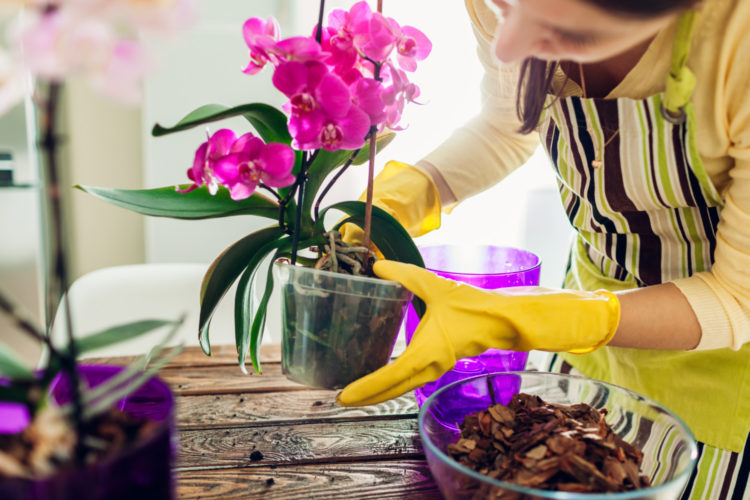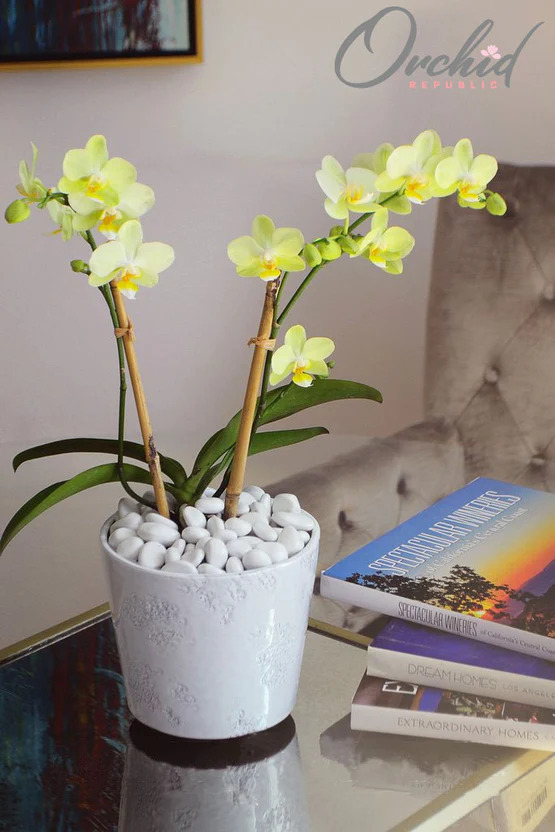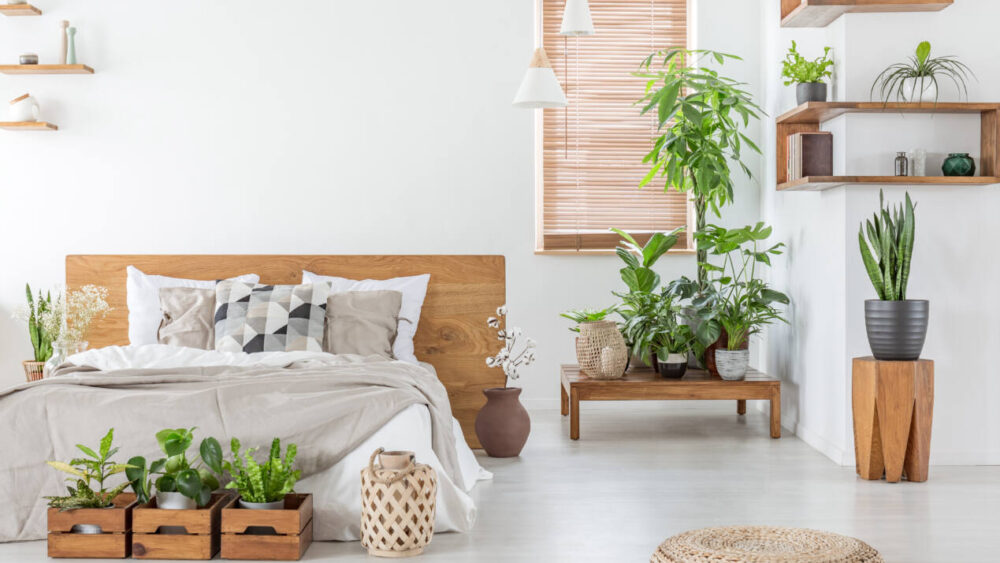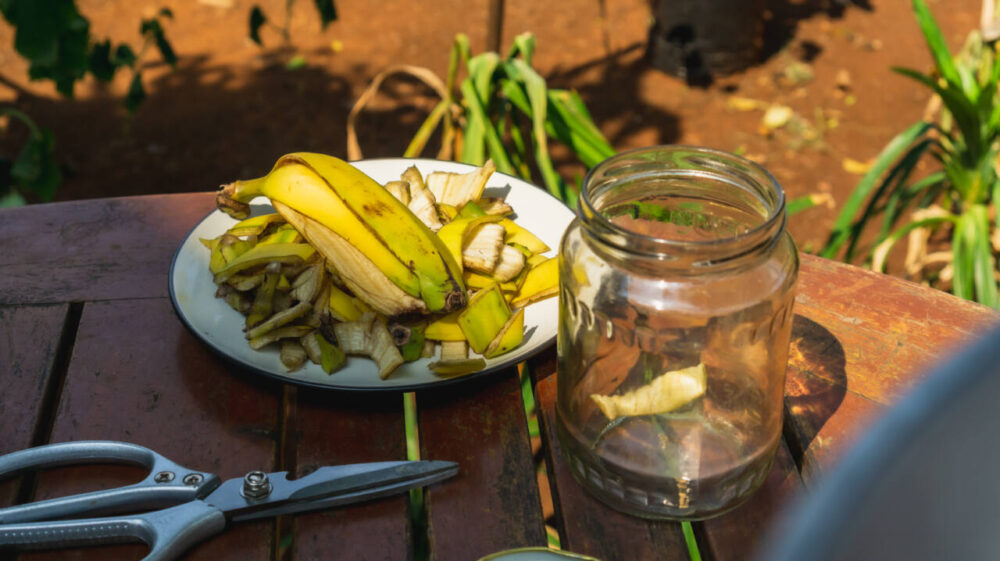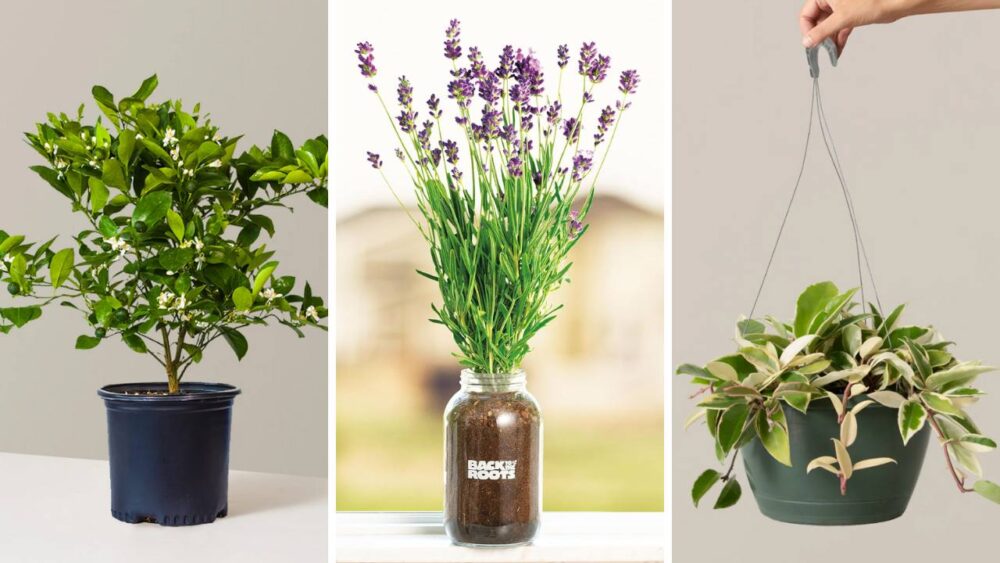6 easy ways to keep your orchids alive
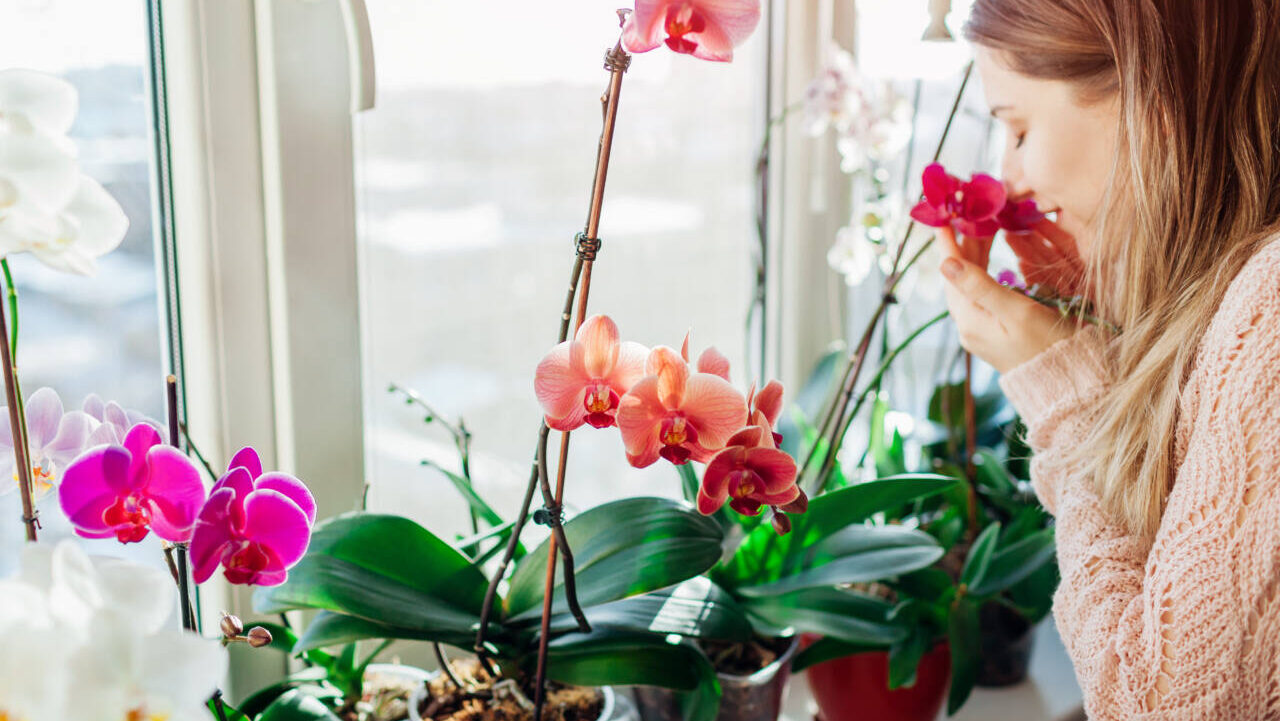
- November 8, 2015 |Last updated on 03/18/2024
Orchids aren’t plants for forgetful people. If you just want a plant that you can water once a week and leave alone for long periods of time, stick to succulents.
Orchids are beautiful when they bloom, and keeping one alive for a long time will make you really proud, but be prepared to pamper them a bit more than your other plants. Here are six tips to help you keep your orchids alive — and thriving.
1. Make Sure They’re Getting the Right Kind of Light
Orchids need a lot of bright and indirect light. If they are placed in direct sunlight, like the kind you would find around noon or early afternoon, then you’ll risk burning their leaves and causing the flowers to wilt.
Placing an orchid in an east-facing window that gets some morning light but not too much light midday is ideal. A south-facing window can work, too, so long as your orchid doesn’t get too much afternoon sun.
How can you tell if your orchid is getting the right amount of light? According to the American Orchid Society, an orchid’s leaves should be light green in color, and if they’ve turned dark green, the plant hasn’t received enough sunlight. Too much light, meanwhile, will give the orchid a sunburn, and the leaves will first turn yellow, then white, and eventually they’ll be dark brown and dried-out.
2. Water Them Right
The way you water an orchid is a crucial part of orchid care. Try to water orchids about once a week with lukewarm or room-temperature water.
When watering the orchid, try to pour water under the plant’s leaves. A watering can with a long, slender spout can help you direct the water to just the right part of the plant. If you get the crown wet (the center part of the plant from which everything is growing), wipe it dry with a paper towel. If the crown stays wet for too long, then it can lead to crown rot, which will kill the plant. Hey, no one said this orchid business was easy!
Next, try to water the plant on sunny days before noon. Orchids USA says watering earlier in the day will give the plant more time to dry in the sun if any part of the crown does get wet.
Be sure to find a good orchid pot with drainage so your plant is never sitting in water. You might need to water the orchid more often in the summer and less often in the winter. If you can’t tell what the plant needs, it’s best to give it another day.
3. Keep Them in a Warmer Room
Orchids thrive in environments that are kept from 65 to 85 degrees Fahrenheit, according to Orchids USA. Try to keep them away from strong sources of heat. The air around things like your radiator or refrigerator will be much drier, which could dry out the leaves of your plant.
If you keep your orchids on a windowsill, be sure they’re not touching the windowpane, advises the American Orchid Society. In colder climates during the winter, the pane could freeze an orchid’s leaves.
4. Cut Blooms That Have Died
If a bloom on your flower looks like it’s giving out, you can do one of two things:
- Using a pair of pruning shears, you can cut the entire spike down to the leaves, which will produce a new, stronger stem of flowers in about a year.
- You can cut below the lowest dead bloom, at the first “node.” That stem will produce more flowers in about eight to 12 weeks.
5. Feed Your Plants
When they’re not blooming, give your orchids a 20-20-20 fertilizer (this is a fertilizer that contains equal amounts of nitrogen, phosphorus and potassium). The American Orchid Society notes that orchids tend to do better with too little rather than too much fertilizer, so they recommend a “weakly, weekly” approach to fertilizing.
Just Add Ice Orchids suggests using the fertilizer once every two weeks or at least once a month at half strength. This means you’ll want to mix it with an equal amount of water before pouring it under the leaves of your plant.
6. Don’t Pot Orchids in Regular Soil
Orchids grow attached to other plants in the wild, so don’t pot them in soil. Pot them in a loose bark, or a potting mix that’s specially blended to allow proper drainage and keep orchids happy, like the Orchid Mix from Miracle Grow.
Be sure to repot your orchids whenever the bark chips decay, which is usually between every one to three years. If you need to repot an orchid, it’s best to wait until it’s done flowering.
And if your orchids don’t exactly thrive under your care, you can always turn to the professionals to get you started with a new plant. Orchid Republic has a vast array of orchids that are elegantly potted and ready to display, like these delicate yet cheerful yellow orchids.
Sure, orchids are a lot of work. But their beautiful blooms will reward your efforts and make them worth it!


